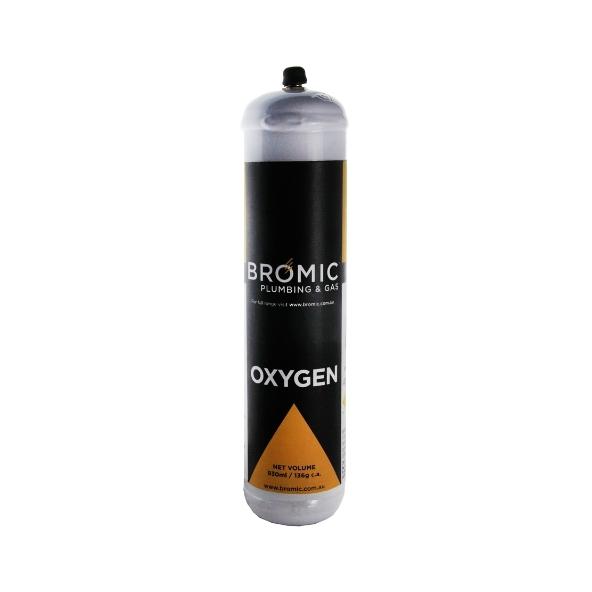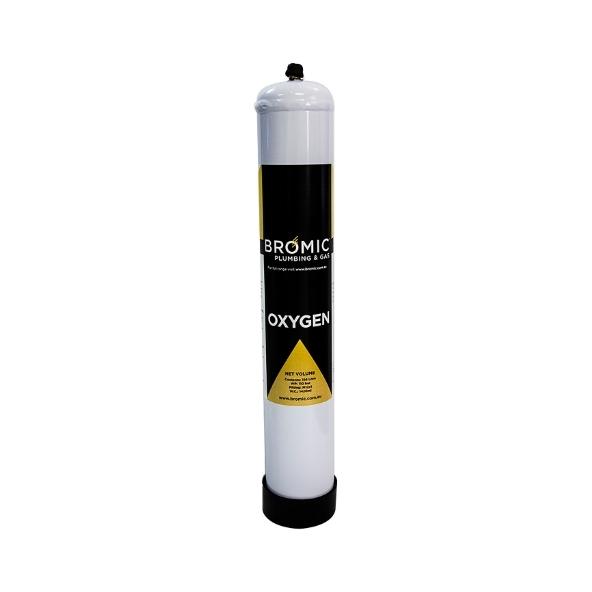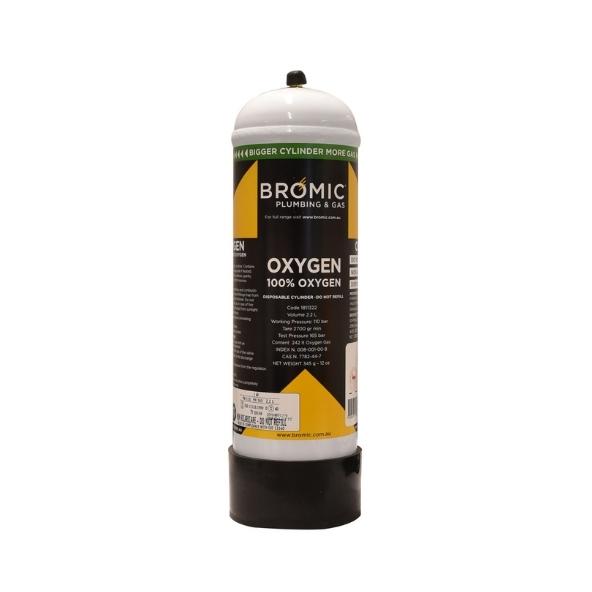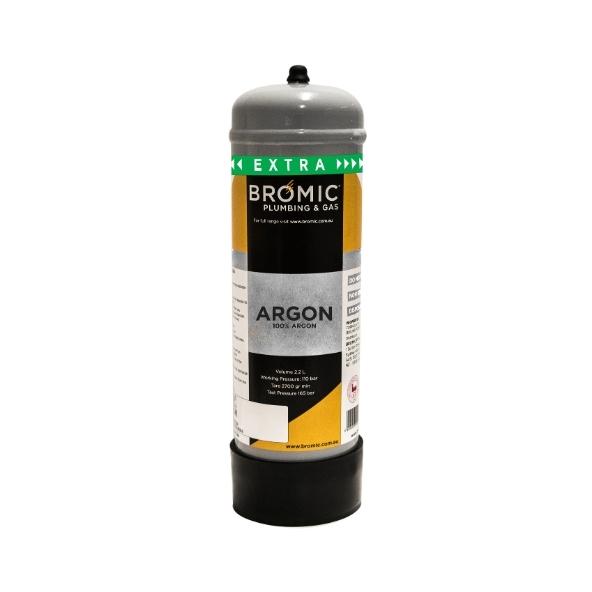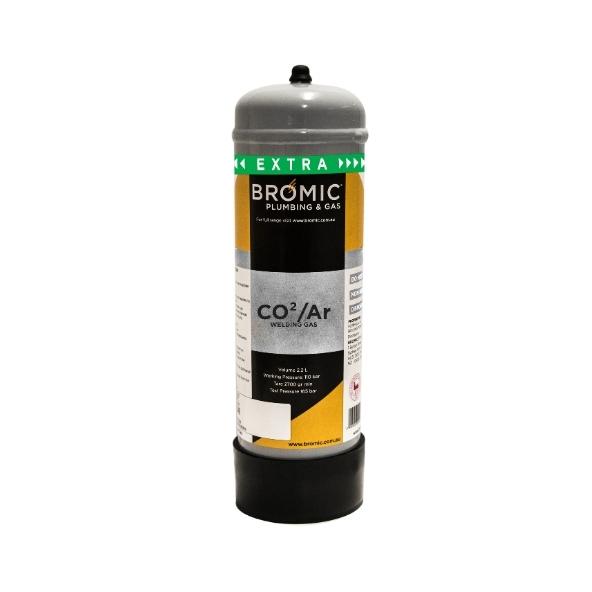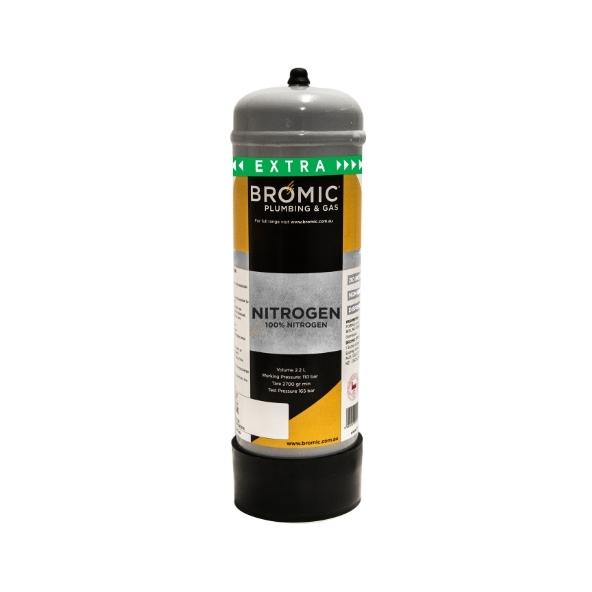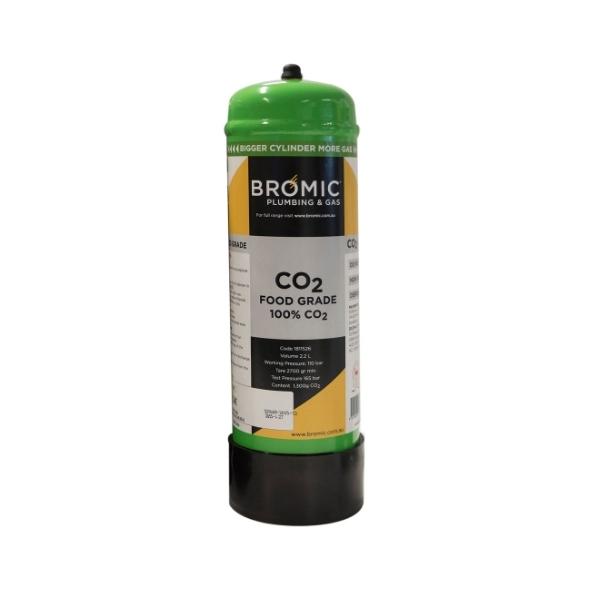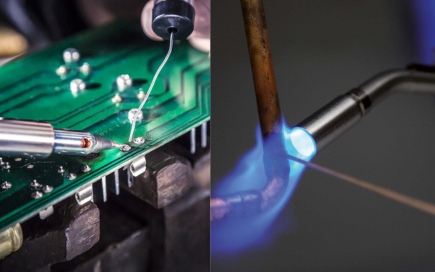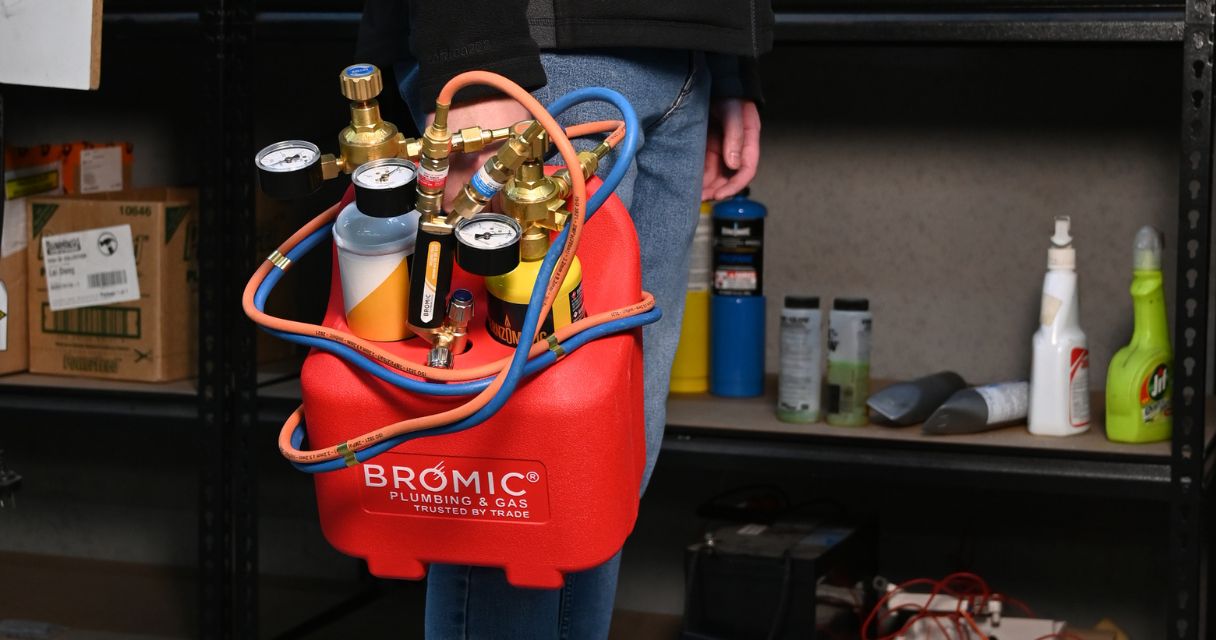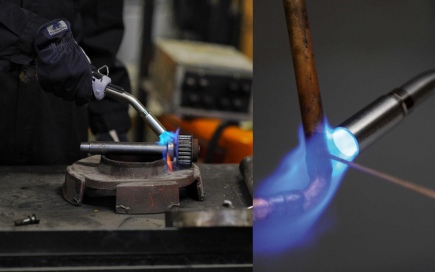
Favourites
Sign in to your account
By adding to Favourites, you can…
- Save products or resource documents you view regularly
- Save time with quick access to frequently viewed items
Please sign in or create an account to add to your Favourites.
Articles
March 24, 2023
How to Dispose Non-LP Gas Cylinders in Australia (2023)
Disposable gas bottles are considered hazardous waste and must not be disposed of in a regular bin. Incorrectly disposed gas cylinders and other harmful waste such as batteries have caused trucks and rubbish tips to explode and catch on fire. Not only does this present danger to people, but toxic gases from exploded cylinders can pollute waterways, drinking water, soil and plants.
Illegal disposal, dumping or misuse of wastes is a serious offence and subject to financial penalties. Disposing of disposable gas bottles safely by taking them to an appropriate hazardous waste facility is your duty as a responsible citizen.
How to dispose of gas cylinders in Australia
No matter which state you live in, hazardous waste facilities are well-equipped to accept your disposable gas cylinders – including empty bottles of oxygen, nitrogen, argon and carbon dioxide.
- Queensland – In Brisbane, you can safely dispose of gas cylinders at a resource recovery centre for free during a household hazardous waste drop-off day. Moreton Bay Regional Council also provides a list of waste facilities for gas bottles and cylinders.
- New South Wales – You can drop off your empty disposable gas cylinders at a Community Recycling Centre or Chemical CleanOut event.
- Canberra – In the nation’s capital, you can drop off a maximum of ten disposable gas cylinders for free at the Mugga Lane Resource Management Centre or the Mitchell Resource Management Centre.
- Victoria – Some Victorian council transfer stations offer gas cylinder recycling. The Victorian government’s sustainability website can connect you with 79 different council areas in the state.
- South Australia – The SA government’s Which Bin? website allows you to search for your closest hazardous waste drop-off centre. You can even narrow your search to include gas bottle disposal.
- Western Australia – A list of hazardous waste permanent facilities can be found on the WasteNet website.
- Tasmania – You can dispose of gas cylinders at a range of sites in Tasmania, as seen on the Recycling Near You website.
Powered by Planet Ark, the Recycling Near You website offers a ‘Find a Recycler’ search for residential and commercial users across Australia. You can use the drop-down menu to select ‘Gas Cylinders’ to find the appropriate facility for your needs.
For disposable gas cylinders other than LPG/Propane, you’ll need to double-check with the location to see if the type of cylinder you have can be accepted. Remember that these drop-off locations are only suitable for disposing of in small quantities.

Gas Cylinders disposal infographic guide – state by state in Australia.
What happens to disposable gas cylinders at a hazardous waste facility?
These are specialised facilities, designed and licensed to handle and dispose of hazardous waste. They follow strict regulations and guidelines to make sure that the waste is managed safely and responsibly.
When a disposable gas cylinder is received, it will be inspected to determine its condition and what type of gas it contained. It may need to be depressurised or emptied before recycling so that it doesn’t release gases or explode.
Gas cylinders that are still in good condition and that contain a gas that can be safely reused or recycled may be processed for recycling. This could involve cleaning and refurbishing the cylinder so it can be refilled and reused.
If a cylinder contains hazardous gas, it can’t be recycled or reused. Chemical or physical treatments will be used to change the properties of the material so that it’s less hazardous. Gas cylinders that can’t be recycled or treated may be disposed of in a secure landfill. Otherwise, they may be incinerated at a specialised facility.
Increase the Lifespan of Disposable Cylinders
Running out of gas can be frustrating, especially when you’re in the middle of a job. Buying a high-pressure disposable cylinder means you can get more gas content and use out of a portable and lightweight cylinder. These cylinders will last longer than a lower-pressure cylinder when performing the same job.
Bromic 110-bar Disposable Cylinders
Bromic’s disposable fuel cylinders are the highest-pressure disposable cylinders on the market, delivering more gas for the user, with a working pressure of 110-bar. Bromic gas cylinders are compact and lightweight, designed to make work easier for trade applications or confined spaces such as in soldering, brazing, cutting, cooking, and fine product repair. The cylinders are constructed from durable steel with a slim and lightweight design that is easy to work with and transport.
Bromic 110-bar cylinders are available in the following gas options: Oxygen, Argon, CO2/Ar, AR/O2, Food Grade Nitrogen and Food Grade CO2 Last reviewed: March 2023
Bromic 110-bar Disposable Cylinders
Explore the highest-pressure disposable cylinders on the market.


